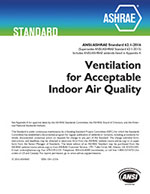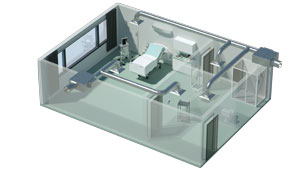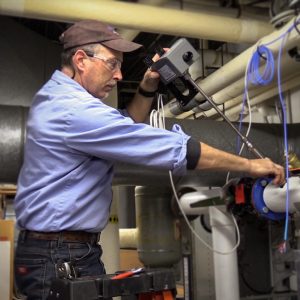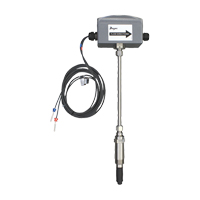 As buildings continue to become more and more energy efficient, we continue to see updates and recommendations to building designs. For example, ASHRAE recently published an update to Standard 62.1 Ventilation for Acceptable Indoor Air Quality that covers changes to how we monitor and control humidity in occupied spaces. Continue reading “Moisture Control for Indoor Air Quality”
As buildings continue to become more and more energy efficient, we continue to see updates and recommendations to building designs. For example, ASHRAE recently published an update to Standard 62.1 Ventilation for Acceptable Indoor Air Quality that covers changes to how we monitor and control humidity in occupied spaces. Continue reading “Moisture Control for Indoor Air Quality”
Ensuring HVAC System Safety for Reopening Schools & Office Buildings
 The current COVID-19 pandemic spread and breadth is unprecedented. Because of this, it is important that precautions are taken when reopening schools and office buildings. The question we find ourselves asking as professionals in the HVAC trade is this:
The current COVID-19 pandemic spread and breadth is unprecedented. Because of this, it is important that precautions are taken when reopening schools and office buildings. The question we find ourselves asking as professionals in the HVAC trade is this:
How do you return the HVAC system back to normal operations (and continued operations) during this pandemic? Continue reading “Ensuring HVAC System Safety for Reopening Schools & Office Buildings”
What Are Room Pressure Monitors and Where Are They Used?

Room pressure monitors are devices that monitor differential pressure between two rooms or areas. Differential pressure is the difference of two pressures being sensed.
There are several applications where it is important to maintain a pressure difference between two rooms. This helps to ensure that there are no contaminants entering or exiting a protected area. In a medical setting, an isolation room requires a pressure differential to make sure that no bacteria, pathogens, or viruses enter (or leave) the isolation room. This protects healthcare professionals, patients, and other guests, and minimizes the spread of germs. Room pressure monitors would also be used in areas such as: pharmaceutical manufacturing, semiconductor manufacturing, clean rooms, research labs, vivariums, and clean manufacturing areas. Continue reading “What Are Room Pressure Monitors and Where Are They Used?”
Characteristics of Thermal Anemometers & Why They’re Well-Suited for Low Flow Applications
There are two common ways to measure air velocity: by using pressure-based instrumentation or by using temperature-based instrumentation. Before we discuss the different technologies available for measuring velocity pressure, it is important to understand the basics of air velocity.
How the Dwyer Series IEF and IEFB Overcome Typical Sources of Error
 There are a wide variety of technologies that can be used for fluid flow measurement, such as differential pressure, paddlewheel, electromagnetic, and ultrasonic. Furthermore, each technology has multiple installation configurations. It is important to understand the nuances of different technologies and installations in order to pick the right flowmeter for your application.
There are a wide variety of technologies that can be used for fluid flow measurement, such as differential pressure, paddlewheel, electromagnetic, and ultrasonic. Furthermore, each technology has multiple installation configurations. It is important to understand the nuances of different technologies and installations in order to pick the right flowmeter for your application.
When purchasing a flowmeter for an HVAC application, such as boiler feed water monitoring or chilled/condenser water monitoring, we found that our customers value the ability to hot-tap (or pressure tap) a pipe to install an insertion flowmeter. This is done by installing an isolation valve in a pipe, allowing an insertion flowmeter to be placed into and removed from a live system without having to drain it. Draining a system is time consuming, costly, and generally not a good option for HVAC systems in buildings because it requires the entire system to be shut down. Permanently installing a hot-tap valve followed by an insertion flowmeter (with hot-tap capability) is an ideal alternative to a costly inline meter.
When considering an insertion flowmeter for an HVAC application, there are four key sources of error to be aware of: Continue reading “How the Dwyer Series IEF and IEFB Overcome Typical Sources of Error”



